7 V-8s That Fell Flat, And 7 That Roared Into History
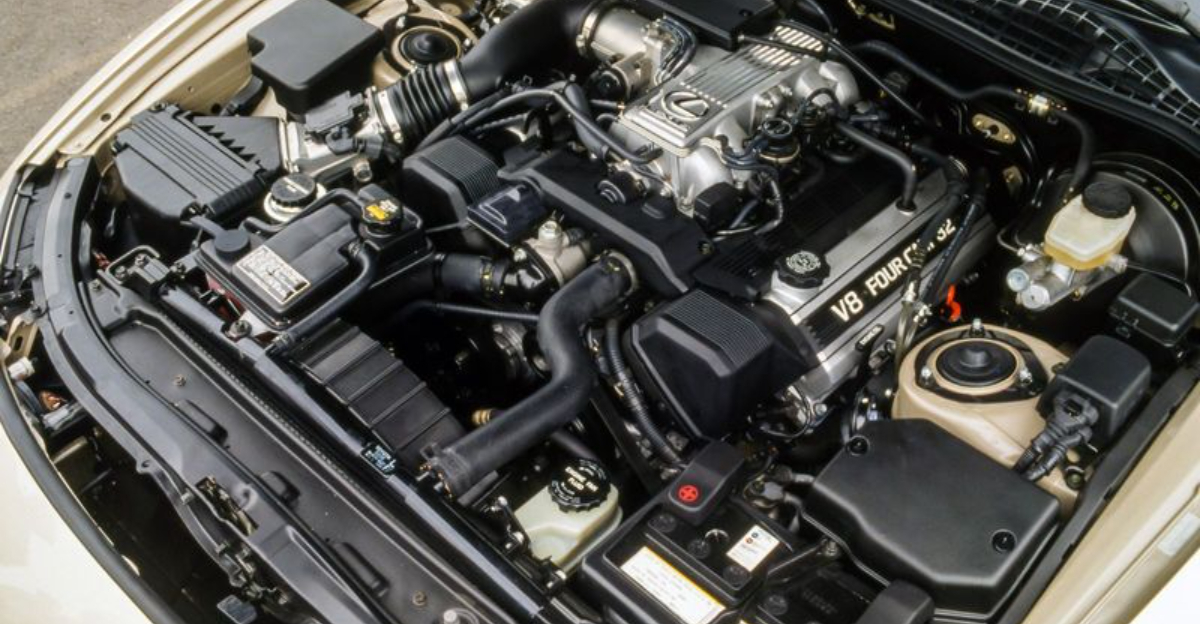
V-8 engines are supposed to stir the soul, shake the ground, and slap a grin on your face the moment you hit the gas. But not all of them hit that sweet spot.
I remember a friend bragging about his V-8-powered ’80s Oldsmobile, only to lose a drag race to a four-cylinder hatchback with a bad muffler. The shame was real.
Some V-8s sound tough but limp along like they’re running late for a nap. Others?
They rumble with the kind of authority that earns respect at every stoplight and leaves a legacy in their wake.
1. Cadillac V8-6-4
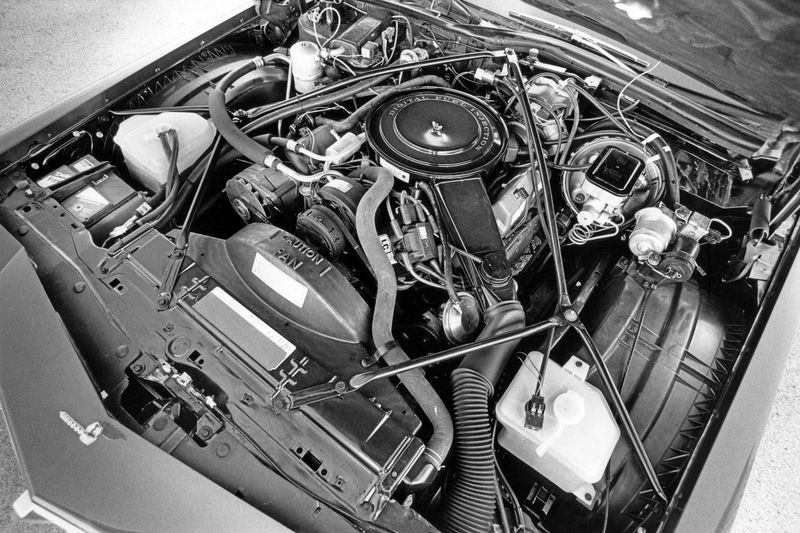
Remember when your computer froze in the middle of something important? That’s basically what happened with Cadillac’s V8-6-4.
Introduced in 1981, this engine had a revolutionary cylinder deactivation system meant to save fuel.
Unfortunately, the onboard computer wasn’t up to the task.
Drivers reported jerky acceleration, stalling, and mysterious dashboard warnings.
Many owners paid mechanics to disable the fancy system entirely, turning their high-tech V8-6-4 into just a plain old V8.
2. Oldsmobile Diesel V8

Gas prices skyrocketed in the late 1970s, so Oldsmobile rushed to convert their gasoline V8 into a diesel. Big mistake! These engines weren’t redesigned properly for diesel’s higher compression.
Head gaskets blew. Water contaminated the fuel system. Connecting rods snapped. The disaster was so complete that it scared Americans away from diesel cars for decades.
Some mechanics made small fortunes converting these oil-burners back to gasoline engines, which tells you everything you need to know.
3. Ford Modular 4.6L
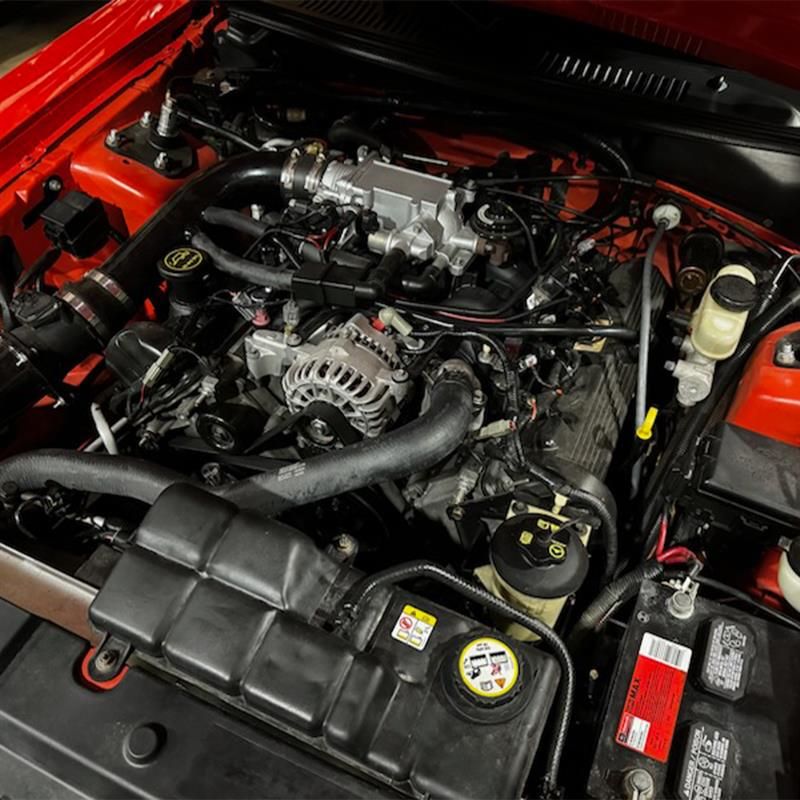
Ford fans nearly rioted when the beloved 5.0L Windsor V8 was replaced by this newcomer in the 1990s.
The early two-valve versions were smooth but seriously lacking in muscle, making just 210 horsepower in the Mustang GT.
Truck owners complained about towing capability, while muscle car enthusiasts mourned the loss of easy horsepower.
While later versions improved dramatically, those first-generation engines left a sour taste that took years to overcome. Sometimes newer isn’t better!
4. Rover 3.5L V8
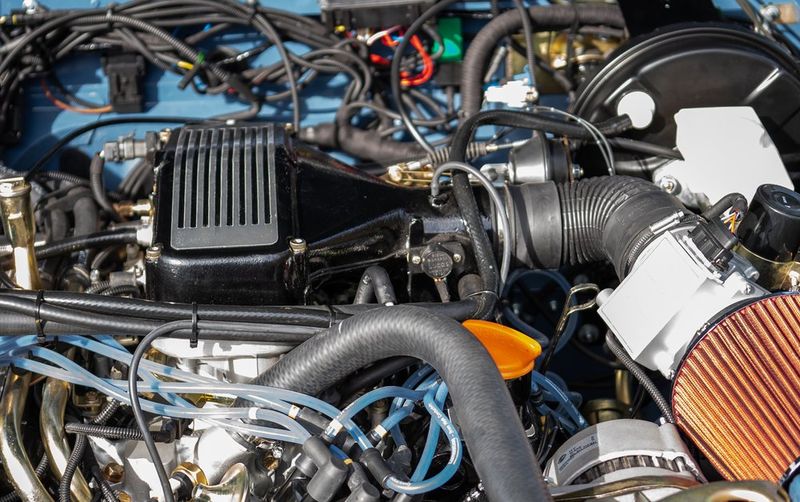
Borrowed from Buick in the 1960s, this lightweight aluminum V8 seemed perfect for British sports cars. Land Rover kept it in production for decades, long after it became outdated.
By the 1990s, this ancient design was gasping for relevance. Oil leaks were considered a feature, not a bug!
The engine developed such a reputation for unreliability that mechanics joked the Rover V8 marked its territory like a dog. Still, there’s something endearing about its distinctive burble.
5. Chrysler 318 Lean Burn
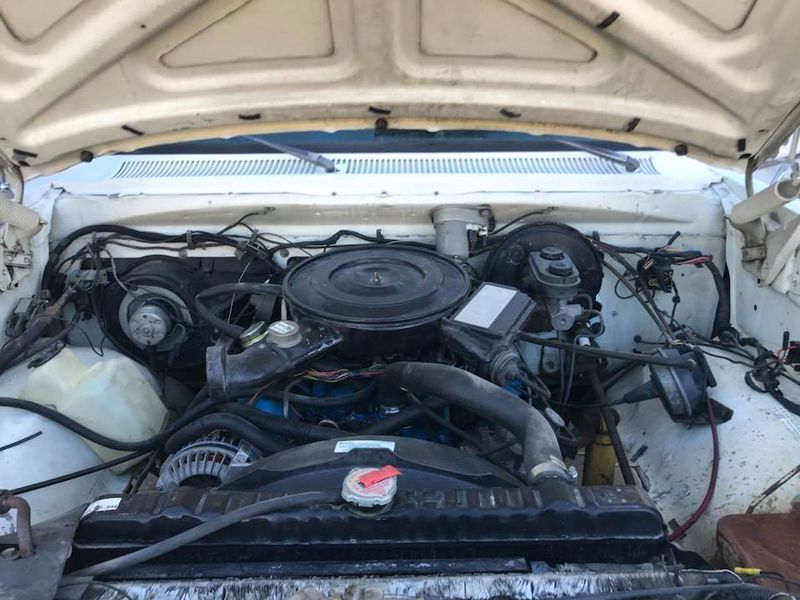
Chrysler proudly called their Lean Burn system the “computer-controlled electronic spark advance.” Owners called it something much less printable!
This 1970s attempt at emissions control was decades ahead of its time—and that was the problem. The primitive computer couldn’t handle the job, leading to stalling, hesitation, and terrible fuel economy.
The underhood maze of vacuum lines and sensors puzzled even experienced mechanics. Many found their only solution was ripping out the entire system and installing an old-school carburetor.
6. GM 305 V8
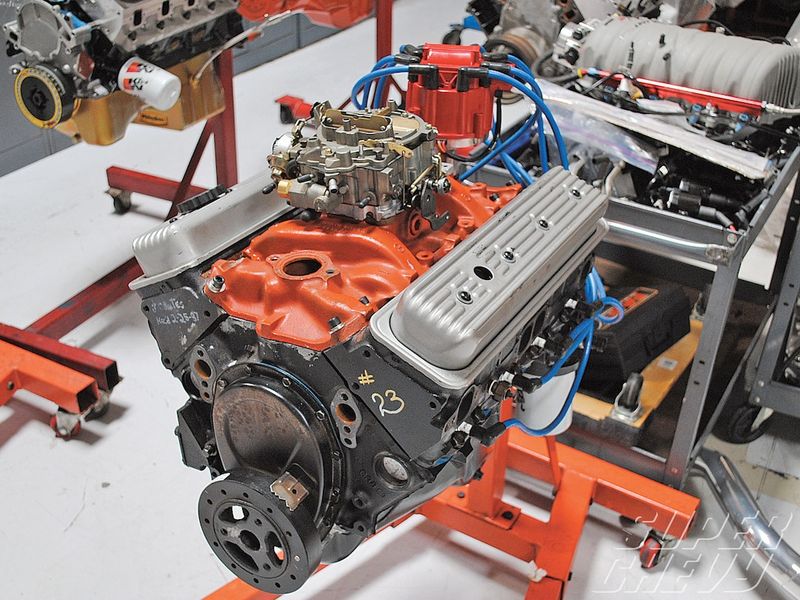
Nothing screams “1970s performance dark ages” quite like the Chevy 305. Born during the fuel crisis and strangled by emissions equipment, this small-block V8 was all compromise and no muscle.
In the 1980 Camaro Z28, it wheezed out just 165 horsepower—less than today’s Toyota Camry! Add in throttle-body fuel injection nicknamed “the peanut,” and you’ve got a recipe for disappointment.
Car magazines of the era couldn’t hide their frustration with this neutered V8 trying to pass as a performance engine.
7. Pontiac 301 Turbo
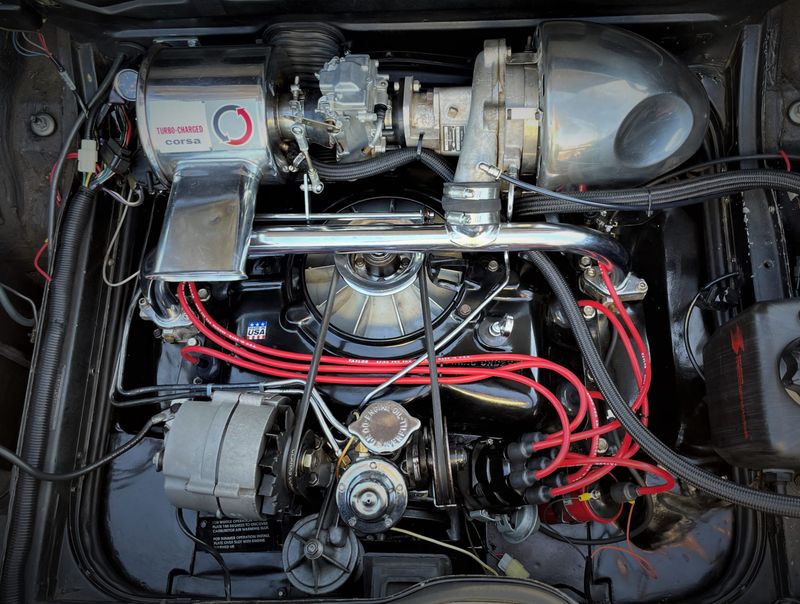
Pontiac’s final hurrah was slapping a turbocharger on their smallest V8 for the 1980-81 Trans Am. Sounds exciting, right?
The reality was a mere 210 horsepower and a turbo that spooled up with all the urgency of a sleepy tortoise.
Worse yet, it required premium fuel during a gas crisis!
The engine became infamous for its fragility—blown head gaskets, cracked blocks, and oil problems plagued owners.
Still, that iconic black Trans Am with gold trim from “Smokey and the Bandit II” made everyone want one anyway.
8. Chevrolet 350 Small Block

If engines could win popularity contests, the Chevy 350 would be undefeated champion. First appearing in the 1967 Camaro, this V8 has powered everything from family sedans to race cars for over 50 years.
What makes it special? Simplicity and adaptability. Parts are everywhere and dirt cheap. Mechanics love them because repairs are straightforward.
Hot rodders adore them because they’re easy to modify for serious horsepower. Even in stock form, that distinctive rumble at idle tells everyone an American icon is under the hood.
9. Ford 5.0L Coyote
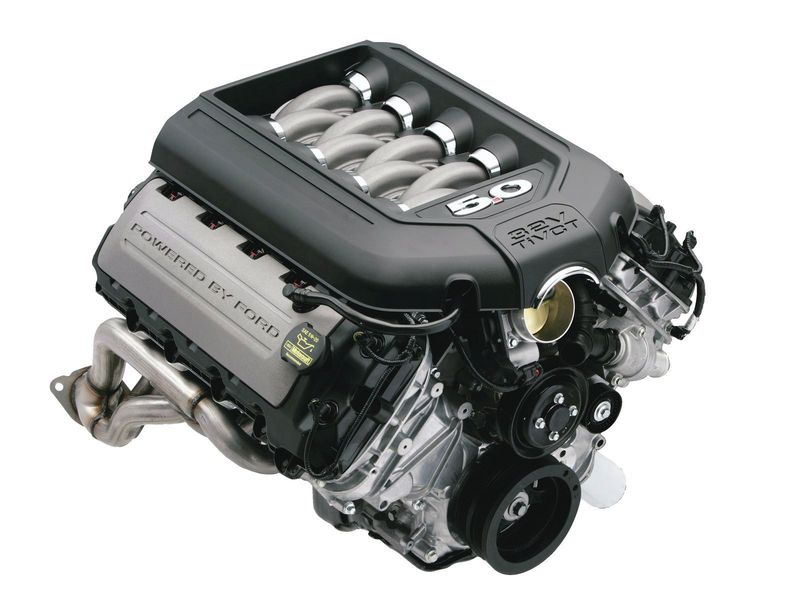
Ford engineers pulled off the impossible with the Coyote V8: creating an engine that makes gobs of power while meeting strict emissions standards.
Introduced in 2011, this high-tech masterpiece revitalized the Mustang GT. The numbers tell the story—412 horsepower from a naturally aspirated 5.0 liters without gas-guzzler penalties!
The engine’s willingness to rev past 7,000 rpm shocked muscle car fans used to low-revving pushrod V8s.
Three generations later, the Coyote remains Ford’s crown jewel, still finding ways to squeeze out more power.
10. Chrysler 426 HEMI
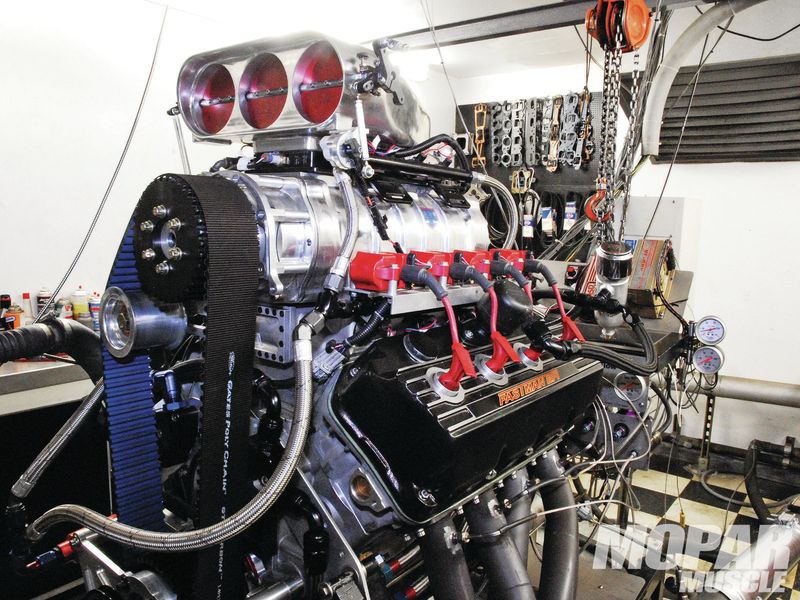
They didn’t nickname it “The Elephant” for nothing! Chrysler’s 426 HEMI was so dominant in NASCAR that officials essentially banned it by changing the rules.
Those distinctive hemispherical combustion chambers weren’t just marketing—they created incredible airflow and power.
Street versions made an “underrated” 425 horsepower in the 1960s, a figure that would still impress today.
The sound alone is automotive nirvana—a deep, thunderous bellow that makes grown men weak in the knees. Modern HEMI engines pay homage to this legend, but the original remains king.
11. Ferrari F136

Ferrari’s 4.5-liter V8 isn’t just an engine—it’s a musical instrument.
Found in the 458 Italia, this naturally-aspirated masterpiece revs to a jaw-dropping 9,000 RPM, producing sounds that make car enthusiasts weep with joy.
Winning Engine of the Year awards six consecutive times, the F136 delivers 562 horsepower without turbochargers or superchargers.
Each one is hand-assembled by technicians who sign their work. The throttle response is instantaneous, like an extension of your right foot. This is internal combustion elevated to art form.
12. Mercedes-AMG M156
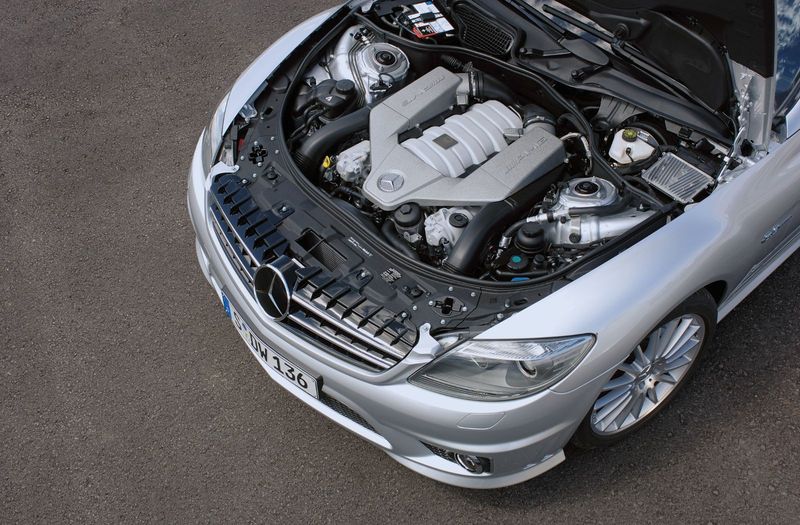
Hand-built by a single technician whose signature adorns the engine, the 6.2-liter M156 V8 represents the end of an era.
Before downsizing and turbocharging took over, this monster made up to 518 horsepower through sheer displacement and engineering.
The sound is unmistakable—a guttural roar that turns into a banshee wail as the tachometer climbs.
Found in everything from sedans to supercars, this engine gave AMG vehicles their distinctive character. Modern AMG engines may make more power, but none match the M156’s raw, analog personality.
13. Lexus 1UZ-FE
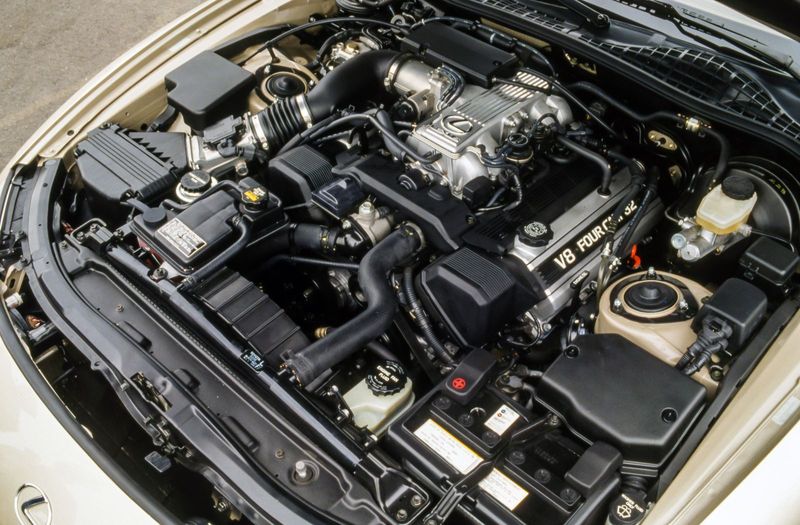
Toyota spent over $400 million developing this silky-smooth V8 for the first Lexus LS400. The investment paid off—the 1UZ-FE set new standards for refinement that embarrassed established luxury brands.
Engineers balanced this engine so perfectly that automotive journalists performed the “quarter trick”—balancing a quarter on edge atop the running engine!
Bulletproof reliability meant many examples sailed past 300,000 miles without major repairs. The 1UZ-FE proved Japan could build luxury V8s that matched or exceeded anything from Germany or Britain.
14. GM LS7
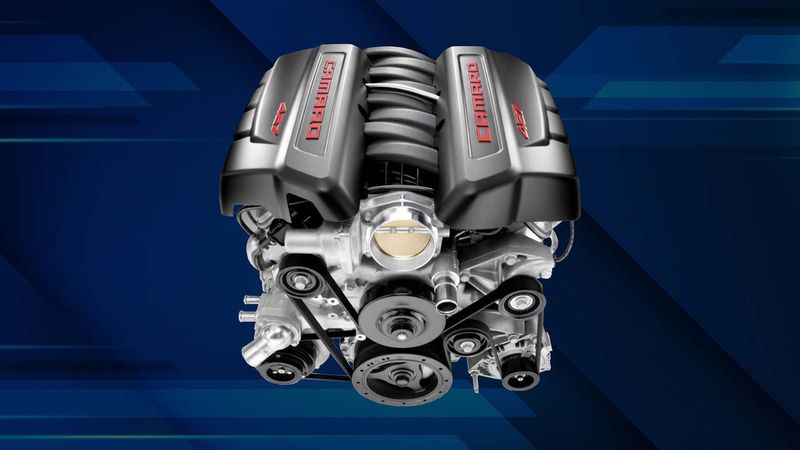
Stuffing a 7.0-liter racing engine into a production car sounds crazy, but that’s exactly what GM did with the LS7 in the C6 Corvette Z06.
This naturally-aspirated monster makes 505 horsepower and revs to 7,000 RPM—territory usually reserved for exotic cars.
Titanium connecting rods, racing-derived heads, and dry-sump lubrication came straight from the track. The exhaust note is pure American thunder, aggressive yet sophisticated.
While newer Corvettes have switched to supercharging, many enthusiasts still consider the raw, high-revving LS7 the best Corvette engine ever built.
